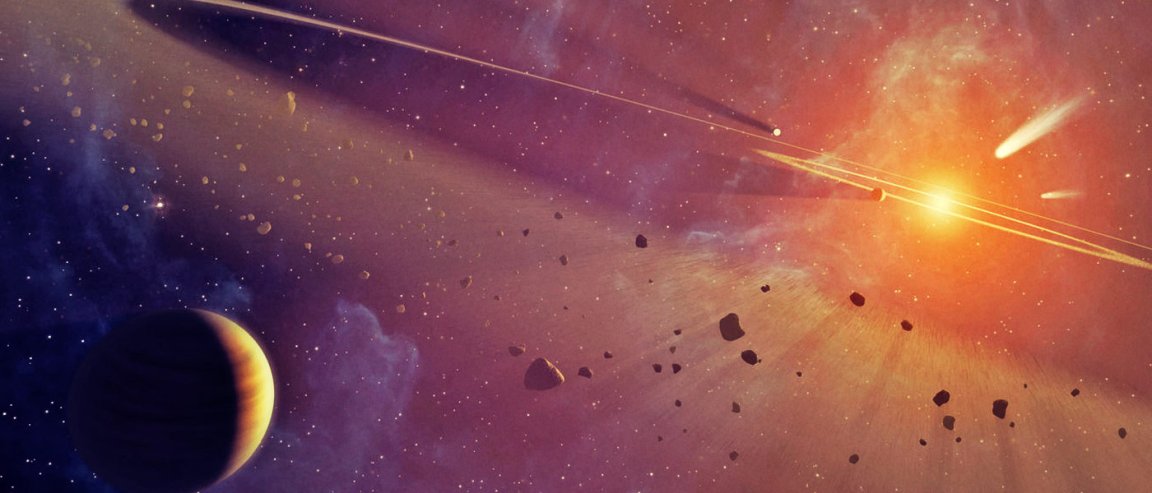
Discovering Astronomical History
Carnegie Observatories’ Director, John Mulchaey is the first to admit that “we have a ton of history sitting in our basement.” He isn’t exaggerating. Recently, researchers discovered a rare image hiding within this collection— an astronomical plate from 1917 showing the first-ever evidence of a planetary system beyond our own Sun.
The alien world (formally called an “exoplanet,” which is simply a planet that orbits a star outside our solar system) can be seen in the image below.

This find was unearthed thanks to Jay Farihi, who asked Mulchaey for a plate that contained a spectrum of van Maanen’s star, a white dwarf. The spectrum revealed the presence of heavier elements, which should have long since disappeared into the star’s interior.
These white dwarfs with heavy elements in their spectra represent a type of planetary system featuring vast rings of rocky planetary remnants that deposit debris into the atmosphere. These “polluted white dwarfs” surprised astronomers— it was not expected that they would have leftover planetary material around them at that stage of their lives.
With more than 250,000 astronomical plates in Carnegie’s collection, who knows what other surprises might be in store.